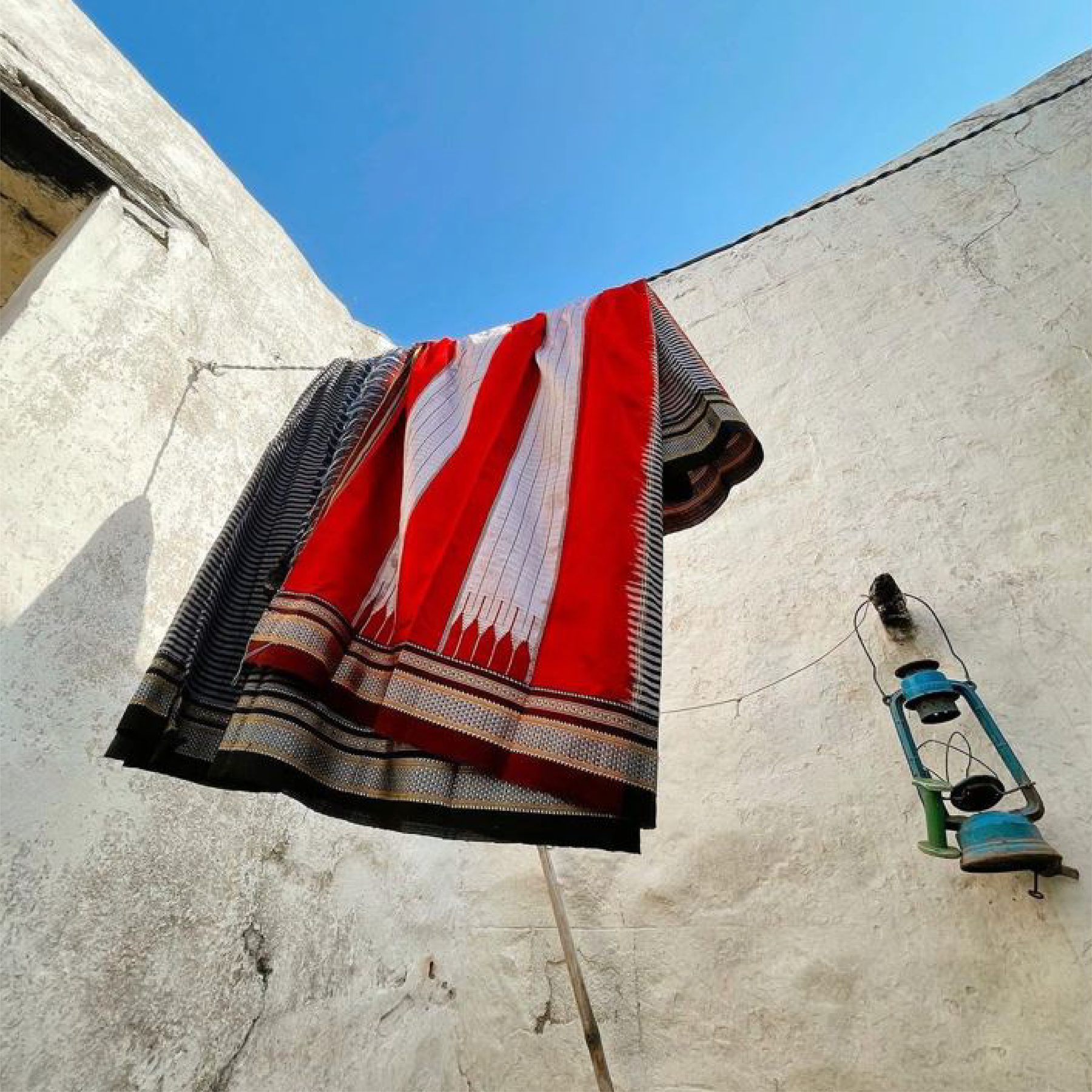
Traditional Sarees: Of Man and Machine
Iconic. There is, perhaps, no other word that captures the impact of the Indian saree. A single piece of handwoven cloth, 6 to 10 yards long, or more, has become a symbol of grace and composure around the world.
But what, exactly, makes our nation’s traditional sarees one-of-a-kind? The mark of the maker.
Traditional sarees have always been handwoven, which is apparent in each saree’s uniqueness in design, style, and weave. Handwoven Indian sarees are crafted using the handloom, ensuring that each saree is different from the next. Each artisan’s culture, imagination, and technique is unique to each saree woven. This is vastly different from massy machine-made sarees that are created using a powerloom and might superficially have the traditional saree look, but lack the detailing and the novelty that each handloom piece carries. So, apart from the obvious mass production of the latter, how can one differentiate between a traditional handwoven, handloom saree and a machine-made one?
Well, let’s look at the softer side.

Handloom sarees are softer since the wefts are woven slightly further apart. This also makes the saree more resilient. Powerloom sarees are stiff due to the tight weaving. Draping a saree helps in gauging its softness as the handloom ones drape better. Interestingly enough, handloom sarees are also more breathable than machine-made ones due to the loose weaving in handwoven traditional sarees.
It’s all in the texture.

However, while handloom sarees are soft, they also have a slightly characteristic uneven texture, with knots, thread pulls etc. near the border. In fact, most handloom sarees will leave extra threads hanging from the pallu. These might be cut, knotted, or used for tassels. This uneven weft weaving also adds a unique feature to handloom sarees - they wrinkle and crease less. Powerloom sarees have an even texture and therefore, do not provide the same benefits that handwoven sarees do.
Look at it in reverse.

Due to the method handloom weaving uses, the other side of a handwoven saree will mirror the design on the front. Powerloom sarees do not have this characteristic feature of traditional sarees.
Poking holes is good.

The handloom process requires that sarees be pinned to the loom, which results in somewhat equidistant pinholes in the final saree. These are usually seen at the bottom, top, or border edges of the saree. In powerloom sarees, there are no holes. Therefore, in order to distinguish between the two, one might want to glance at the edges, or bevar, of the saree.
The devil is in the details.

Handloom saree artisans take pride in their final piece. Each saree is a work of art, intricately designed and crafted by the artisan’s imagination and hands. The details present in a handloom saree outshine the designs of one created in powerloom. This is primarily because powerloom sarees thrive on single-pattern designs that are easy to make on machines, while handwoven sarees are painstakingly stitched by artisans, with no two designs being exactly the same.
All knotted up.

Handloom sarees tend to have knots only at the end of the border and are mostly imperceptible. However, due to the technique used to create powerloom sarees, the final piece may have stray pieces of thread or tiny balls of thread anywhere in the saree.
Lastly, weigh your options.

Handloom sarees are heavier and feel fuller. This is because the powerloom method thins the fabric, making the final piece lighter.
Alright, now that we know how to distinguish between a saree created using the traditional method and one created with a powerloom, get ready to take a sneak peek at some of the traditional sarees of India and what makes them different from each other. We’ll be covering styles like ikat, patola, phulia, ilkal, kantha, and more in our upcoming pieces.
If you want to explore the stories, crafts, or products of India’s many artisans, visit www.tvami.com
Information Source: Deccan Chronicle

Leave a comment